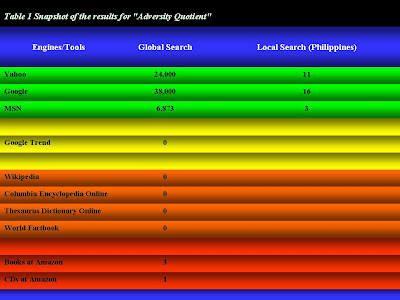This typographical effect is called Drop Cap and can be effectively employed in a blog or any website using CSS snippets.
The first thing I did was to locate any site which have entries with easy instructions on how to do it. It didn’t take long enough, though, for me to find suggestions from LateNightEngineer’s How to Display Drop Caps with CSS? & Beautiful Beta’s Magazine Style Drop Caps. Both sites gave the CSS snippet definitions to use and where these instructions must be pasted on the blog template. I quickly followed the recommendations and came up with what I initially desired. I found out later, however, that the basic and default PC fonts are the ones being used by popular browsers and that if one needed fancy, unusual or decorative fonts the use of embedded fonts have to be exercised and executed instead.
In Larisa Thomason’s CSS Tip: Get Any Font You Want at NetMechanic® she clearly described the reasons why embedded fonts have to be implemented when one needed to further use decorative fonts. As a result of these learnings, I followed the tips along with creating an EOT file using Microsoft WEFT for the font style I wanted to carry on in my blog.
With minor changes, just a little tweaking here and there I saw a takeoff that goes like what you see in my decorated drop cap.
From here on, you will see that these decorated drop caps will become an integral part of all my posts to come.
Cheers!



















